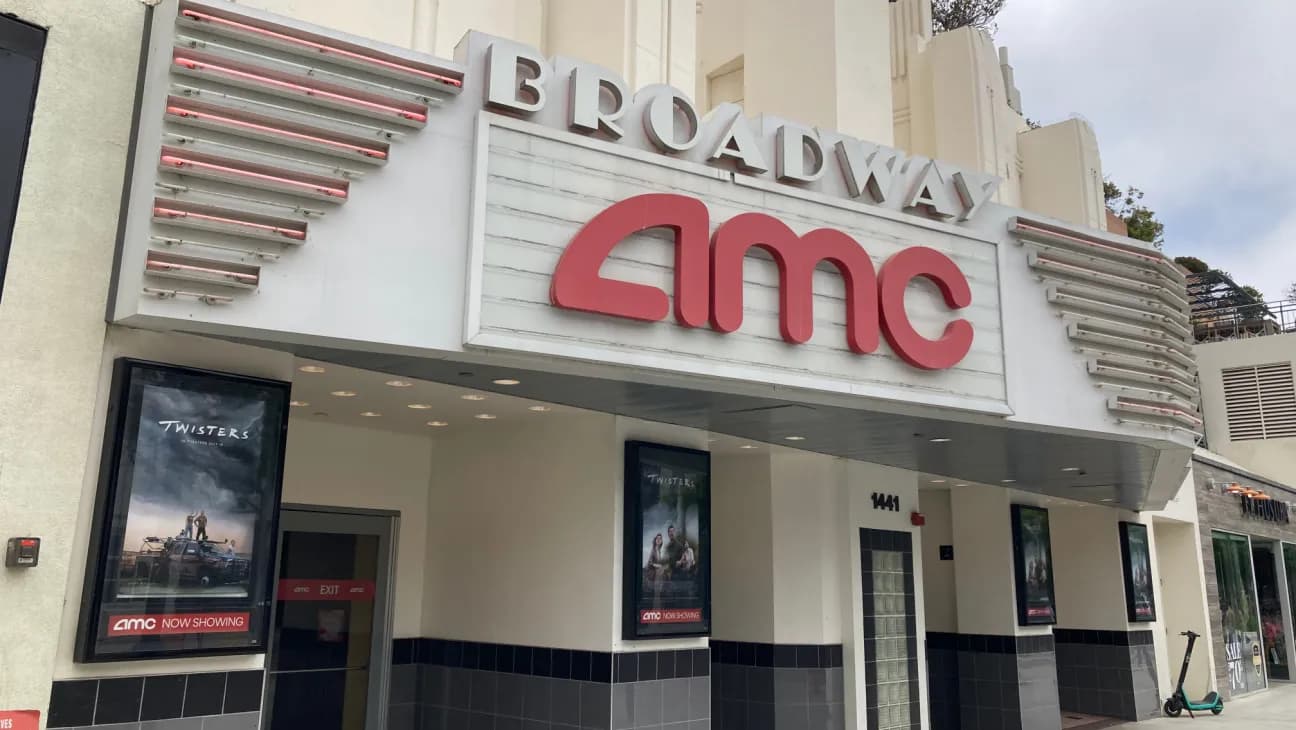
Cinematic Comeback: $2.2B Theater Upgrade Set to Revive Malls
The scent of freshly popped popcorn mingles with the hum of excited chatter as moviegoers flock back to theaters, lured by the promise of a cinematic experience like no other. In a bold move that could reshape the landscape of retail real estate, North American movie theater chains are investing a staggering $2.2 billion over the next three years to upgrade their venues. This massive investment isn't just about brighter screens or comfier seats—it's a high-stakes gamble to breathe new life into malls and retail centers across the country.
"There is no question that movie fans of all ages love heading to the local theatre to see great movies on the big screen," declares Michael O’Leary, President and CEO of the National Association of Theatre Owners (NATO). "But the competition for consumers’ hard-earned dollars is fiercer than ever." With streaming services and at-home entertainment options proliferating, theaters are pulling out all the stops to offer an experience that simply can't be replicated in a living room.
The investment comes on the heels of a box office resurgence fueled by blockbuster hits like Inside Out 2, Deadpool & Wolverine, Bad Boys: Ride or Die, It Ends With Us, and Despicable Me 4. These films have not only packed theaters but have also rekindled the public's appetite for communal movie-watching experiences.
Eight major cinema chains—AMC Entertainment Inc., Regal Cinemas, Cinemark, Cineplex, Marcus Theatres Corp., B&B Theatres, Harkins Theatres, and Santikos Entertainment—are leading the charge. Collectively, they operate over 21,000 screens and account for just over two-thirds of the North American box office revenue.
The upgrades are extensive and immersive. State-of-the-art laser projection systems and cutting-edge immersive sound will make every explosion and whisper more visceral. Luxury amenities like plush recliner seating, enhanced air conditioning, and improved lighting aim to elevate comfort. Theaters are also adding arcades, bowling alleys, and upscale food and beverage services to transform venues into full-fledged entertainment hubs. Aesthetic enhancements, including upgraded signage, carpeting, and overall theater aesthetics, will create a more inviting atmosphere.
"The revitalization of theaters is a promising development for malls grappling with vacancies," says Jane Peterson, a retail analyst at Commercial Real Estate Insights. "Theaters have always been anchor tenants that drive foot traffic. With these upgrades, they're set to become even bigger magnets for consumers."
Statistics back up this optimism. According to the International Council of Shopping Centers (ICSC), malls that feature entertainment venues like cinemas experience an average of 20% higher foot traffic compared to those that don't. Furthermore, a study by the Urban Land Institute found that increased dwell time—time consumers spend within a retail environment—can boost adjacent retail sales by up to 35%.
Theaters are evolving into multi-experience destinations. By offering more than just movies, they encourage patrons to extend their visits, benefiting surrounding businesses. Families might catch a film, enjoy dinner at a nearby restaurant, and then spend time in an arcade or bowling alley—all under one roof.
"Our goal is to make the theater a one-stop entertainment destination," explains Tim Warner, CEO of Cinemark. "We want people to come for the movie and stay for the experience."
This holistic approach aligns with shifting consumer preferences. Millennials and Gen Z, in particular, value experiences over possessions. A report by Eventbrite indicates that 78% of millennials would choose to spend money on a desirable experience over buying something material.
While the outlook is positive, there are hurdles to overcome. The convenience and affordability of streaming services remain formidable competitors. Additionally, the lingering effects of the pandemic have altered consumer behavior, with some individuals still hesitant about indoor gatherings.
Economic factors also play a role. Inflation and economic uncertainty can tighten consumer spending. However, the theater industry's commitment to enhancing value may counteract these pressures.
"We recognize the challenges but believe the unique, immersive experience we offer can't be matched at home," notes Sarah Johnson, COO of Regal Cinemas. "By investing in quality and variety, we're giving people compelling reasons to choose a night out."
The anticipated surge in theater attendance is expected to have a ripple effect on adjacent retail spaces. Restaurants, cafes, and retail stores stand to benefit from increased foot traffic. The National Restaurant Association reports that 50% of diners choose where to eat based on proximity to entertainment venues, suggesting a symbiotic relationship between theaters and eateries.
Moreover, commercial real estate firms are taking notice. Leasing interest in properties near upgraded theaters is on the rise. According to CBRE Group, retail vacancies in prime locations adjacent to entertainment hubs are 15% lower than the national average.
As theaters roll out their upgrades, the broader entertainment and retail industries will be watching closely. Success could herald a new era for malls, transforming them into vibrant social hubs that offer diverse experiences beyond shopping.
"This investment is more than a facelift for theaters; it's a strategic move that could redefine how we think about communal spaces," asserts Mark Reynolds, a professor of urban development at the University of Pennsylvania. "If successful, it could serve as a model for revitalizing retail spaces nationwide."
The $2.2 billion bet by North American theater chains is bold and risky, but it's rooted in a deep understanding of changing consumer desires. By amplifying the theater experience, they aren't just selling movie tickets—they're offering a richer, more engaging way to spend leisure time.
For malls and retail real estate, this could be the shot in the arm they've been waiting for. The convergence of entertainment, dining, and shopping into cohesive experiences may well be the key to reviving these communal spaces.
As the curtains rise on this new chapter, one thing is clear: the magic of the movies might just have the power to transform more than we ever imagined.